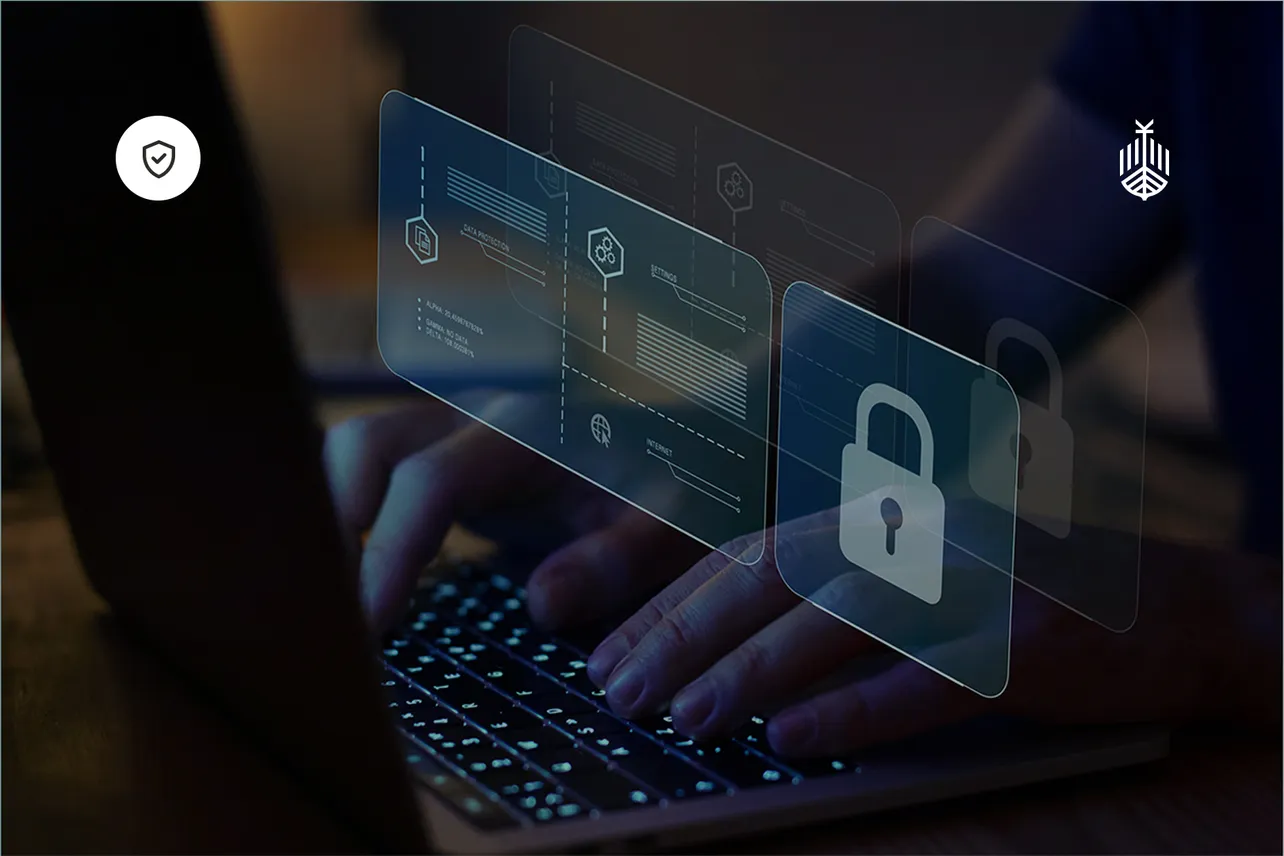Staying ahead of determined cybercriminals has long challenged security teams and business leaders, but the race has intensified as attackers find new ways to remain elusive. Over the past several years, artificial intelligence (AI) has emerged as a critical component of next-generation threat intelligence, promising new methods for detecting subtle anomalies, mapping complex attack infrastructures, and enhancing overall incident response. While AI itself is not a panacea, its capacity to handle vast, ever-changing data sets in real time offers a promising avenue for organizations determined to outpace adversaries who continually refine their tactics.
From the outset, threat intelligence has revolved around collecting indicators of compromise (IOCs) such as malicious file hashes, domains, or IP addresses. Analysts once managed these lists manually, consolidating data from breach reports and shared intelligence channels. But as malicious infrastructures diversify, a static set of IOCs often becomes out of date in days or even hours. AI-based systems can automate the discovery and classification of potential threats on a near-constant basis. By scouring public repositories, dark web forums, and network telemetry, these algorithms can predict which artifacts are likely to be malicious. When integrated with a broader incident response framework, AI can expedite the filtering of “known bad” indicators while flagging new ones for deeper scrutiny.
A key advantage of AI is its capacity to see patterns beyond human perception. Signature-based tools remain an important baseline, yet they are easily evaded by attackers who alter code just enough to bypass known signatures. AI, particularly machine learning (ML) approaches, analyzes code structure, execution behavior, and traffic patterns. It can then group objects with shared traits under the same “malware family,” even if they feature different file hashes or embed newly obfuscated functions. Similarly, ML-driven correlation can reveal that a newly discovered threat uses the same command-and-control (C2) servers as an older strain, revealing possible lineage or collaboration among criminal groups. Such insights help defenders piece together a more holistic view of the threat landscape.
One common misconception is that organizations can simply feed raw security data into an AI model and expect it to produce incisive threat intelligence. In reality, data must be carefully curated, labeled, and context-rich. Developing an AI pipeline for threat intelligence involves collecting logs, network flows, endpoint events, and external feeds, then sanitizing and structuring that data. Unstructured or mislabeled entries can skew model outputs or lead to false positives. Skilled data scientists work alongside security experts to define which features matter—perhaps the time of day an IP address is active, the relationships among malicious domains, or the code patterns in suspect executables. This collaboration ensures that the AI’s predictions align with real-world attack behaviors rather than abstract or misleading correlations.
Another factor is the evolving threat environment. Adversaries recognize when defenders use AI for detection, prompting them to experiment with evasive tactics. Some groups attempt “adversarial machine learning,” intentionally injecting misleading signals to confuse automated detection. An attacker might produce short bursts of harmless activity from known malicious domains, hoping to reduce the domain’s overall “malicious rating.” Others systematically morph their malware code, embedding random instructions that produce minimal functional changes but disrupt pattern recognition. This cat-and-mouse dynamic means threat intelligence models must continuously adapt, retraining on new data and refining detection thresholds. Maintaining such feedback loops can be resource-intensive, a reality that smaller organizations with limited budgets may struggle to handle.
Given these complexities, best practices for AI-driven threat intelligence stress layering machine learning with human oversight. Automated systems excel at sifting huge data sets for anomalies, but certain contexts—like the motivations behind an advanced persistent threat (APT) group—remain best interpreted by experienced analysts. Human experts can review AI-flagged incidents to provide additional nuance: is this domain part of a known espionage campaign targeting specific industries, or is it just an opportunistic criminal domain with no broad strategic angle? Such judgments go beyond raw data patterns. By combining advanced automation with specialized human insights, organizations can act swiftly on the most pressing threats without drowning in false alarms.
This synergy becomes especially evident in threat hunting. Hunting teams endeavor to identify active intrusions that might circumvent conventional defenses. AI can scan logs and events for suspicious user behaviors—unexpected file downloads, atypical process launches, or out-of-hours logins. Yet a slight deviation is not always malicious. Human hunters refine results by correlating them with known adversarial techniques or checking historical patterns to see if the behavior in question is truly out of place. This loop of AI-assisted scanning and human validation shortens the time from initial compromise to detection, significantly reducing the window attackers have to achieve lateral movement or data exfiltration.
Large technology vendors have embraced AI to streamline how security products interoperate. Tools that once operated in isolation—endpoint detection, network sensors, cloud monitoring—can feed data into a centralized AI engine. From there, advanced correlation can tie together apparently unrelated events. For instance, if a suspicious process emerges on an endpoint while the same user account logs into cloud resources from a foreign IP, the AI system can treat the combination as more severe than each event alone. Some solutions go a step further, triggering automated containment measures if confidence in malicious intent crosses a threshold: disabling the user account, quarantining the endpoint, or blocking the suspicious IP at the firewall. Though these “hands-off” responses can prove invaluable during a crisis, organizations must tune them carefully to avoid business disruptions from false positives.
Legal and ethical debates also shadow AI-driven threat intelligence. Tools that monitor vast swaths of online chatter, including on social media or dark web forums, might accidentally sweep up personal data or private communications. Security teams must ensure they abide by privacy regulations—such as GDPR or CCPA—and handle collected data responsibly. Overly aggressive scanning or infiltration of criminal forums could raise legal questions if the organization obtains information illegally or inadvertently entangles unrelated individuals. Furthermore, if an AI system flags an innocent user’s actions as malicious due to a statistical anomaly, that user might face wrongful accusations. Designing guardrails around data usage, transparency, and recourse is critical to building trust in AI’s security role.
Technological boundaries also remain. Machine learning algorithms often excel at classification tasks but may struggle with context that changes rapidly. A domain that was malicious last month might have been seized by law enforcement and is now harmless. Additionally, AI solutions that rely heavily on cloud processing could suffer performance hits if connectivity is limited, which is especially problematic for environments like remote industrial sites. Edge computing solutions for AI-based threat intelligence have begun appearing, but they require specialized hardware for on-site inference, adding to complexity and cost.
Threat intelligence platforms that harness AI might also integrate external data feeds from global security communities or from commercial providers. The real power surfaces when AI can identify deeper relationships—for instance, linking a newly discovered piece of malware to a broader hacking group’s arsenal or connecting an emergent IP address to an already blacklisted domain. By layering these cross-references, defenders build a more cohesive understanding of how different threat actors operate, making them better prepared to anticipate the next moves. However, such correlation depends on consistent, standardized data structures across intelligence feeds. Mismatched schemas or incomplete metadata can degrade the AI’s output.
One future trajectory for AI-based threat intelligence involves proactive infiltration of adversarial networks. Similar to how law enforcement sometimes goes undercover, advanced AI models might analyze criminal marketplaces or encrypted channels for early signs of planned attacks. This requires ethical hacking techniques and close collaboration with legal teams, as stepping into such realms can be highly sensitive. Yet if done right, defenders could intercept data on which organizations are being targeted and which zero-day exploits criminals are trading. This intelligence would be especially valuable to high-risk industries, allowing them to patch or fortify systems before attackers strike en masse.
Meanwhile, policy discussions abound regarding the extent to which AI solutions should be regulated in cybersecurity contexts. Many fear that criminals also use AI, systematically scanning for vulnerabilities or crafting socially engineered messages that fool even skeptical recipients. Governments worldwide are pondering frameworks to control dual-use technology—namely, advanced AI models that can be harnessed for both beneficial and nefarious ends. From a corporate standpoint, the path forward likely involves forging ethical guidelines: ensuring that AI-based threat intelligence respects privacy, maintains accountability, and doesn’t inadvertently escalate cyber skirmishes by taking overly aggressive automated actions. Striking this balance remains one of the field’s biggest policy hurdles.
For organizations evaluating AI-driven threat intelligence, a pragmatic approach is to start small, focusing on a defined set of data inputs and detection goals. Over time, teams can broaden the scope, integrating additional telemetry sources or refining detection logic. Pilot programs help fine-tune false positive thresholds and build confidence among security staff. As success stories accumulate—like swiftly thwarting an advanced persistent threat or uncovering an internal breach attempt—stakeholders might champion further investment. Conversely, a rushed, organization-wide deployment without training or data normalization could lead to confusion and disillusionment. Like any powerful tool, AI requires deliberate, strategic implementation to reach its full potential.
Ultimately, the rise of AI in threat intelligence underscores an escalating arms race in cybersecurity. Attackers are creative, adaptive, and increasingly capable of harnessing advanced computational methods. Defenders, therefore, must respond with equally sophisticated tooling. AI’s capacity to distill massive datasets into actionable insights can be a game-changer, enabling faster detection, enhanced correlation, and partially automated responses. However, success hinges on bridging the gap between machine-driven analysis and human expertise—both in day-to-day operations and in shaping ethical and legal frameworks that govern how AI is deployed. By embracing this dual approach, organizations stand a far better chance of staying one step ahead in a battle defined by constant reinvention and unpredictability.


